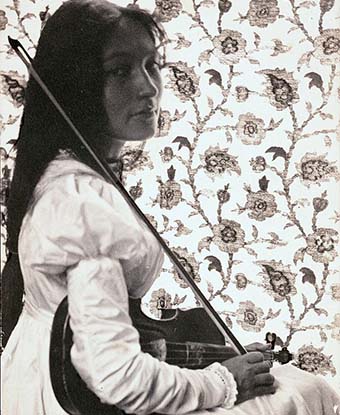Graciliano RAMOS (1892–1953) was a modernist writer and politician from the Brazilian northeast, one of the poorest regions in the country. He was a noted Communist and his writings feature fictional livelihoods to showcase social and political concerns. He expresses pessimism about generational suffering, illiteracy, misogyny, indigenous dehumanization, and exploitation as a fact of capitalism. Additionally, he had an impact on Brazil’s developing cinema culture.
São Bernardo and Vidas Secas are two of Ramos’s most famous works. Vidas Secas, translated as Barren Lives, is the most accessible to English readers. It details the tragic lives of a migrant family trekking through a drought in search of labor. Its central messages are that exploitation is inescapable for the lower class, suffering has a legacy, and illiteracy is disempowerment. For example, the father worries for his children’s upbringing but cannot help that they were born to labor under somebody else. Moreover, he is arrested when he does not understand the upper-class language of the charges against him. The last chapter leads into the first chapter to demonstrate the cyclical nature of helplessness.

FURTHER READING
Scott, Paulo. “Paulo Scott on Graciliano Ramos.” Asymptote Journal. Accessed July 26, 2022. https://www.asymptotejournal.com/special-feature/paulo-scott-on-graciliano-ramos/.
Ramos, Graciliano. Barren Lives: Vidas Secas. Translated by Ralph Edward Dimmick. University of Texas Press, 2011.
Ellison, Harlan. Brazil’s New Novel: Four Northeastern Masters – Jose Lins Do Rego, Jorge Amado, Graciliano, Rachel De Queiroz. Paris: Les Humanoïdes associés, 1979.
Leave a Comment